
Find Help
More Items From Ergsy search
-

What is motor neurone disease?
Relevance: 100%
-
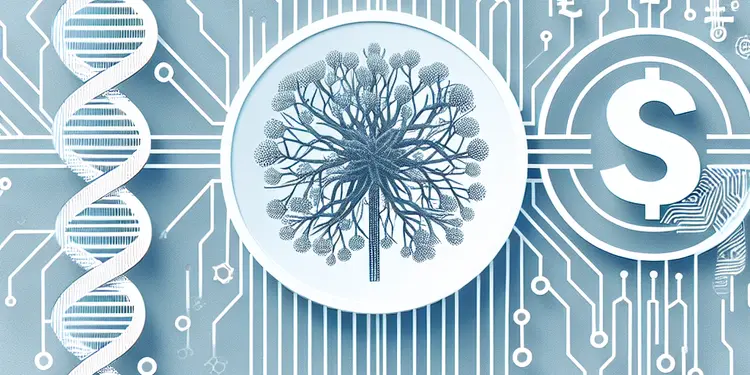
Is motor neurone disease hereditary?
Relevance: 99%
-

What causes motor neurone disease?
Relevance: 98%
-

Are there different types of motor neurone disease?
Relevance: 98%
-

Is there a cure for motor neurone disease?
Relevance: 95%
-
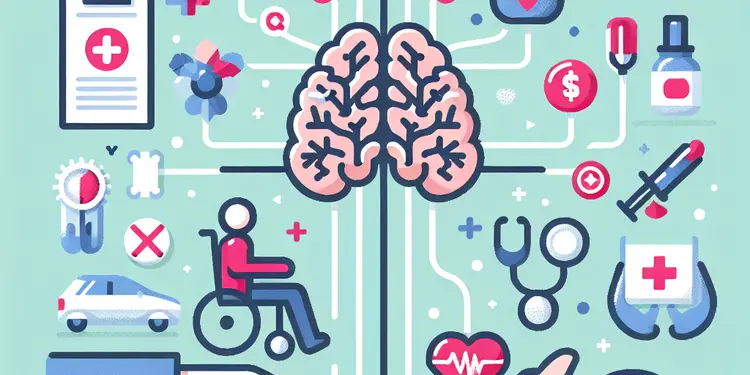
What are the primary symptoms of motor neurone disease?
Relevance: 91%
-

How is motor neurone disease diagnosed?
Relevance: 87%
-
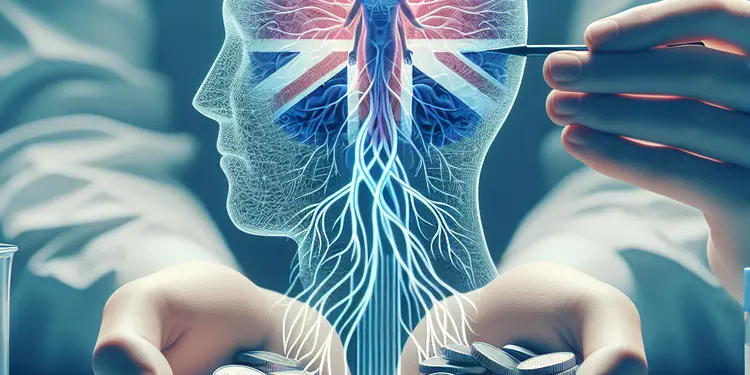
What treatments are available for motor neurone disease?
Relevance: 87%
-

What role do genetics play in motor neurone disease?
Relevance: 87%
-
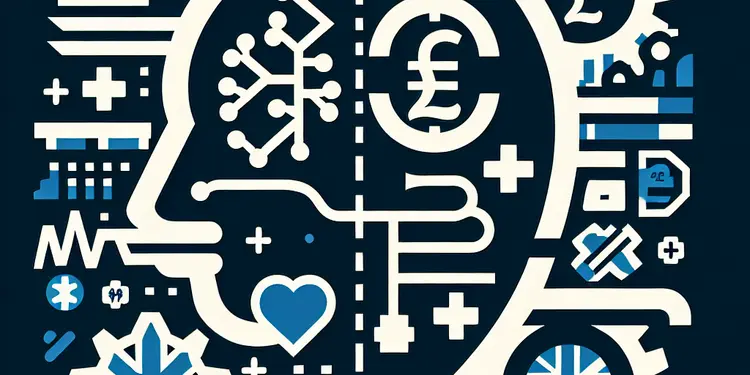
How is breathing affected by motor neurone disease?
Relevance: 87%
-
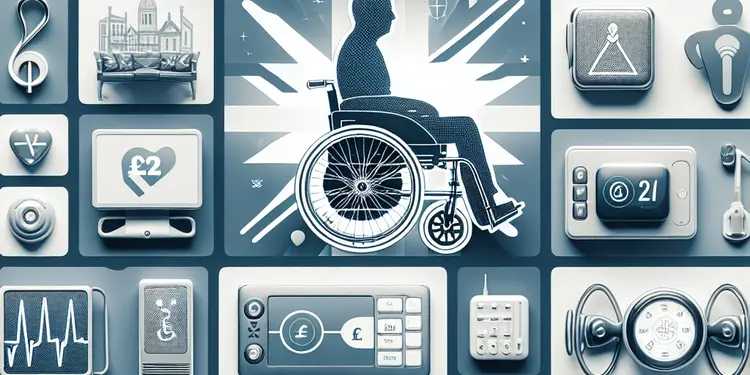
What assistive devices can help people with motor neurone disease?
Relevance: 86%
-
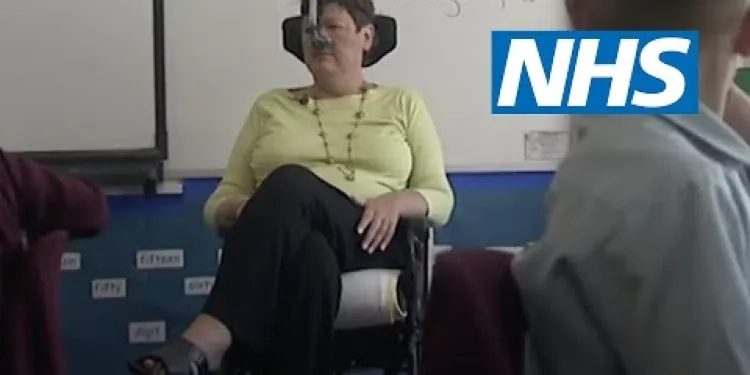
Motor neurone disease Julie's story | NHS
Relevance: 83%
-
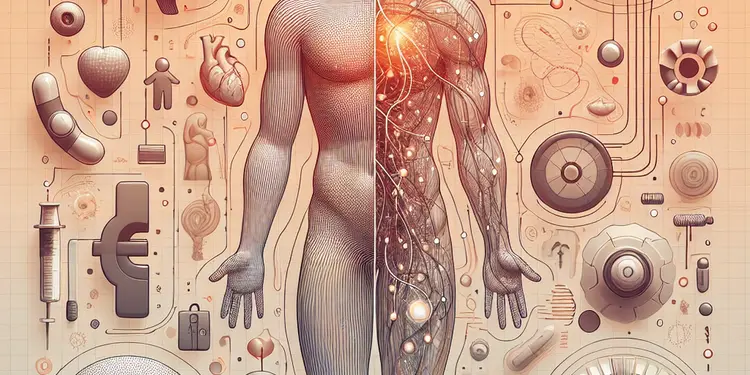
How does motor neurone disease affect the body?
Relevance: 81%
-
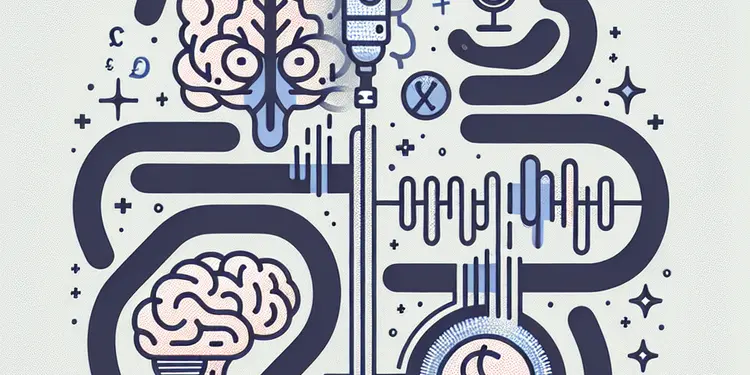
How does motor neurone disease affect speech?
Relevance: 80%
-
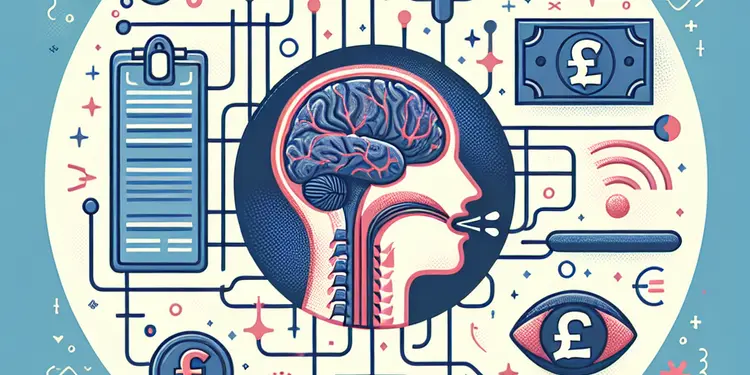
How does motor neurone disease impact swallowing?
Relevance: 78%
-

Can lifestyle changes impact motor neurone disease progression?
Relevance: 76%
-

Voice banking service helps people live with motor neurone disease
Relevance: 75%
-

What is the life expectancy after a motor neurone disease diagnosis?
Relevance: 75%
-

How can caregivers support someone with motor neurone disease?
Relevance: 71%
-

What research is being done on motor neurone disease?
Relevance: 66%
-

Are there support groups for individuals with motor neurone disease?
Relevance: 65%
-

Who is at risk for motor neurone disease?
Relevance: 64%
-

How does Huntington's disease affect movement?
Relevance: 41%
-
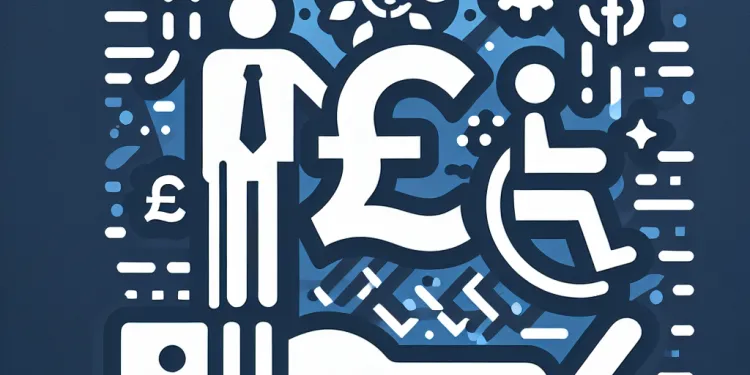
What is Parkinson's disease?
Relevance: 37%
-

What causes Huntington's disease?
Relevance: 36%
-

What research is being done on Huntington's disease?
Relevance: 33%
-

What are the symptoms of Huntington's disease?
Relevance: 32%
-
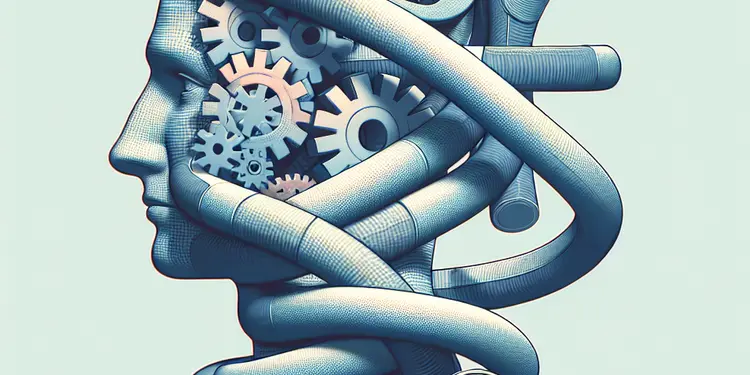
Is Huntington's disease fatal?
Relevance: 32%
-

What causes Alzheimer's disease?
Relevance: 30%
-

What is Huntington's disease?
Relevance: 28%
-

Can Huntington's disease be prevented?
Relevance: 27%
-

Can Huntington's disease be cured?
Relevance: 27%
-

How is Huntington's disease diagnosed?
Relevance: 26%
-
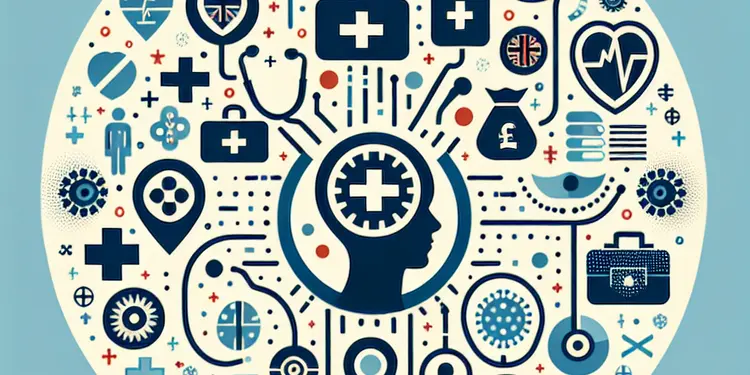
What kinds of specialists are involved in treating Huntington's disease?
Relevance: 26%
-

Parkinson’s Disease and NHS RightCare: Long Term Condition Scenario
Relevance: 25%
-
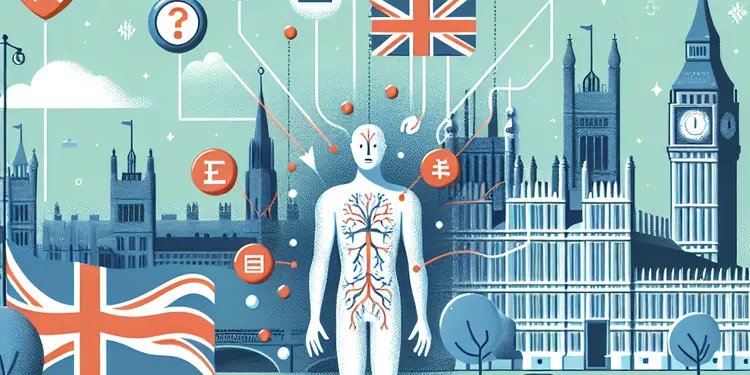
How does Huntington's disease affect emotions?
Relevance: 25%
-

How does Huntington's disease affect cognition?
Relevance: 24%
-
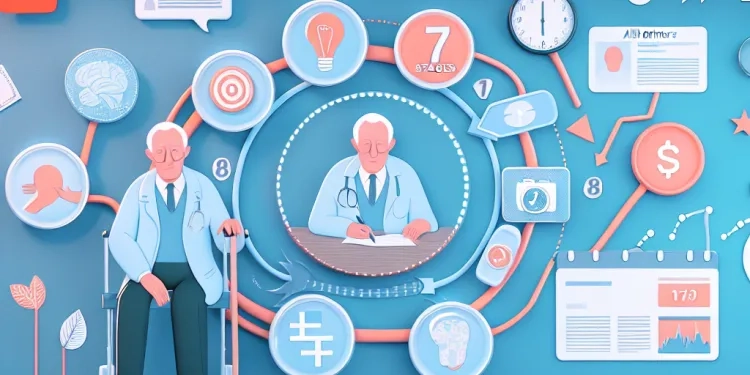
What are the stages of Alzheimer's disease?
Relevance: 23%
-
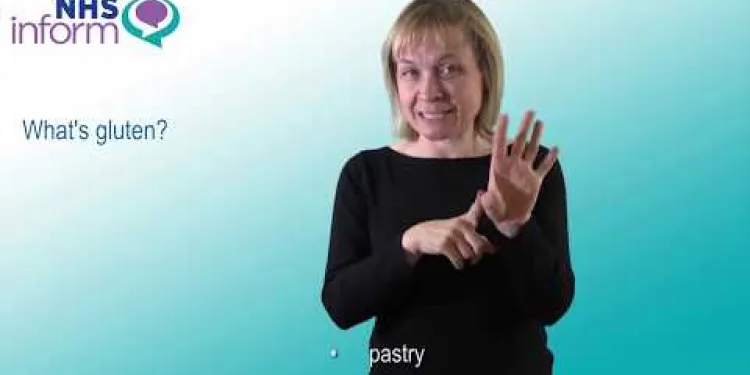
Coeliac disease
Relevance: 23%
-

An introduction to frontotemporal dementia (FTD) (part 1/3)
Relevance: 23%
Understanding Motor Neurone Disease
Motor neurone disease (MND), also known as amyotrophic lateral sclerosis (ALS) in some countries, is a progressive neurological condition that affects the motor neurons, the nerve cells responsible for controlling voluntary muscle movements. In the UK, MND is a term that encompasses several types of disorders, each affecting the nervous system in slightly different ways.
Types of Motor Neurone Disease
There are various types of MND, each presenting distinct symptoms and progression patterns. Understanding these differences is crucial for diagnosis, treatment, and management.
Amyotrophic Lateral Sclerosis (ALS)
ALS is the most common form of MND, accounting for the majority of cases. It affects both the upper and lower motor neurons, leading to muscle weakness, wasting, and stiffness. Symptoms of ALS typically include muscle cramps, twitches, and difficulty speaking or swallowing. As the disease progresses, it may lead to respiratory complications.
Progressive Bulbar Palsy (PBP)
PBP primarily affects the bulbar region of the brainstem, impacting muscles involved in speech and swallowing. Symptoms often start with slurred speech and difficulty swallowing, progressing to more severe communication and nutritional challenges. While PBP is sometimes viewed as a variant of ALS, it predominantly focuses on the bulbar neurons.
Progressive Muscular Atrophy (PMA)
PMA is a disorder that primarily affects the lower motor neurons, leading to muscle wasting and weakness without the accompanying stiffness seen in ALS. People with PMA generally experience a slower progression compared to those with ALS, but over time, PMA can develop into ALS as the upper motor neurons become involved.
Primary Lateral Sclerosis (PLS)
PLS is a rare form of MND that affects the upper motor neurons. It is characterised by muscle stiffness and spasticity, typically without the muscle wasting seen in ALS. PLS progresses more slowly than other forms of MND, and some patients maintain upper motor neuron involvement without developing lower motor neuron symptoms.
Risk Factors and Diagnosis
While the exact cause of MND is unknown, studies suggest a combination of genetic and environmental factors may contribute. Family history can increase the risk of developing certain types of MND. Diagnosis typically involves a combination of clinical evaluation, electromyography (EMG), nerve conduction studies, and imaging.
Treatment and Management
Currently, there is no cure for MND, but various treatments are available to help manage symptoms and improve quality of life. These may include medications like riluzole, physical therapy, speech therapy, and nutritional support. Multidisciplinary care teams play a vital role in providing comprehensive support to individuals with MND and their families.
Conclusion
Each type of motor neurone disease presents unique challenges, but understanding these differences enables better management and support. Ongoing research continues to seek improved treatments and, hopefully, a future cure for these debilitating disorders.
Understanding Motor Neurone Disease
Motor neurone disease (MND) is an illness that affects the nerve cells in charge of muscle movements. In some places, it is also known as amyotrophic lateral sclerosis (ALS). MND gets worse over time and affects how the brain tells the muscles to move. There are different types of MND, and they can affect people in different ways.
Types of Motor Neurone Disease
There are a few types of MND. Each type has its own symptoms and changes over time. Knowing these differences helps doctors choose the right treatment and care.
Amyotrophic Lateral Sclerosis (ALS)
ALS is the most common kind of MND. It affects many people. ALS affects two types of nerve cells and causes muscles to become weak and stiff. Signs of ALS are muscle cramps, twitches, and trouble talking or swallowing. As ALS gets worse, it can lead to trouble breathing.
Progressive Bulbar Palsy (PBP)
PBP affects parts of the brain that control talking and swallowing. It starts with slurred speech and trouble swallowing. These problems can get worse over time. PBP is sometimes seen as a type of ALS, but it mostly affects certain nerve cells.
Progressive Muscular Atrophy (PMA)
PMA mostly affects nerve cells that cause muscles to waste away and become weak, but not stiff like in ALS. PMA usually changes slower than ALS. However, PMA can sometimes turn into ALS as the condition progresses.
Primary Lateral Sclerosis (PLS)
PLS is a rare type of MND. It affects certain nerve cells and causes muscles to get stiff. It usually does not cause muscle wasting. PLS changes slower than other kinds of MND, and some people only have upper nerve problems.
Risk Factors and Diagnosis
We do not know exactly why people get MND. It is thought to be a mix of genes and things in the environment. If family members have MND, the risk is higher. Doctors use tests like EMG, nerve studies, and scans to diagnose MND.
Treatment and Management
There is no cure for MND, but treatments can help with symptoms and living better. Treatments may include medicine like riluzole, physical therapy, talking therapy, and nutrition help. Care teams are important for helping people with MND and their loved ones.
Conclusion
Each type of motor neurone disease is different, and understanding them helps with better care and support. Research keeps looking for better treatments and hopes to find a cure in the future.
Frequently Asked Questions
What is motor neurone disease?
Motor neurone disease (MND) is a progressive neurological condition that affects the motor neurones in the brain and spinal cord.
Are there different types of motor neurone disease?
Yes, there are several types of motor neurone disease, each with different symptoms and progression patterns.
What is amyotrophic lateral sclerosis (ALS)?
ALS, also known as Lou Gehrig's disease, is the most common type of motor neurone disease. It affects both the upper and lower motor neurones.
What is progressive bulbar palsy (PBP)?
PBP primarily affects the muscles involved in speech and swallowing and is a type of MND.
What is primary lateral sclerosis (PLS)?
PLS is a rarer form of MND that affects only the upper motor neurones.
What is progressive muscular atrophy (PMA)?
PMA is a form of MND that primarily affects the lower motor neurones, causing muscle weakness and atrophy.
Are all types of motor neurone disease equally common?
No, ALS is the most common type, while PBP, PLS, and PMA are rarer.
How does motor neurone disease typically progress?
The progression of MND varies by type but generally involves increasing muscle weakness and loss of function.
Can motor neurone disease affect anyone?
MND can affect adults of any age but is most common in people over 50. It affects both men and women.
What are the early symptoms of motor neurone disease?
Early symptoms include muscle weakness, difficulty speaking or swallowing, and muscle cramps or twitching.
Is there a cure for motor neurone disease?
Currently, there is no cure for MND, but treatments are available to manage symptoms and improve quality of life.
What treatments are available for motor neurone disease?
Treatments may include medications, physical therapy, speech therapy, and nutritional support.
How is motor neurone disease diagnosed?
Diagnosis is based on symptoms, neurological examinations, and tests such as EMG, nerve conduction studies, and MRI.
What causes motor neurone disease?
The exact cause is unknown, but genetic and environmental factors are believed to play a role.
Can genetics play a role in motor neurone disease?
Yes, about 5-10% of cases are familial, meaning they are inherited through genes.
What is the life expectancy for someone with motor neurone disease?
Life expectancy varies but is typically 3-5 years after diagnosis for ALS, though some people live much longer.
Are there support groups for people with motor neurone disease?
Yes, there are many support groups and organizations that offer resources and assistance to those affected by MND.
Can motor neurone disease affect the respiratory system?
Yes, as the disease progresses, it can weaken the respiratory muscles, making breathing difficult.
What is the difference between upper and lower motor neurones?
Upper motor neurones originate in the brain and control voluntary movement, while lower motor neurones connect the spinal cord to muscles.
How can caregivers support someone with motor neurone disease?
Caregivers can assist with daily activities, provide emotional support, and help manage medical care and therapy.
What is motor neurone disease?
Motor neurone disease is an illness. It affects the nerve cells in the brain and spine. These nerve cells help you move your muscles. When you have this disease, your muscles get weaker and it becomes hard to move.
If you find reading hard, you can use tools like text-to-speech. This reads the words out loud for you. You can also ask someone to explain it to you using easy words.
Motor neurone disease (MND) is a sickness that slowly gets worse. It affects the nerve cells in the brain and spine that help control muscles.
Are there different types of motor neurone disease?
Yes, there are different kinds of motor neurone disease (MND). MND is a problem that affects nerve cells. These are cells that help your muscles move.
Here are some types of MND:
- Amyotrophic lateral sclerosis (ALS): This is the most common type. It makes muscles weak.
- Progressive bulbar palsy (PBP): This type affects the muscles you use to talk and swallow.
- Progressive muscular atrophy (PMA): This causes muscles to get smaller and weaker.
- Primary lateral sclerosis (PLS): This type makes movements stiff and slow.
If you find it hard to understand, ask someone you trust to help you read. You can also use tools that read the text out loud. They can help you understand better.
Yes, there are different kinds of motor neurone disease. Each kind has its own symptoms and can get worse in different ways.
What is ALS?
ALS is a disease that makes muscles weak. It can be hard to move and talk. It happens when nerve cells in the brain and spine get damaged.
Tools that might help:
- Use picture cards to help understand.
- Work with a helper or teacher.
- Watch videos for more information.
ALS is a disease that some people call Lou Gehrig's disease. It is a type of motor neuron disease. ALS is the most common kind. It hurts both the upper and lower motor neurons in the body.
What is progressive bulbar palsy (PBP)?
Progressive bulbar palsy, or PBP, is a sickness that makes it hard for some muscles to work. These muscles help you talk, chew, and swallow.
People with PBP might find it hard to speak clearly. Eating food can be tricky too.
If you have PBP, you might need help from doctors. They can give you special therapy. Sometimes, machines can help you swallow or speak better.
It is important to talk to a doctor if you notice these problems.
PBP is a type of illness that makes speaking and swallowing hard. It is a kind of MND, which is a disease that affects muscles.
What is primary lateral sclerosis (PLS)?
Primary lateral sclerosis, or PLS, is a disease that affects the brain. It makes it hard for the brain to tell the muscles what to do. This can make muscles weak and tight. PLS is not the same as ALS, but they are similar.
If you or someone you know has PLS, it can help to talk to a doctor or someone you trust. Using pictures and simple words can help understand more about PLS. You can also try using audiobooks or videos to learn in a different way.
PLS is a rare type of MND. It only affects the top nerve cells that help us move.
What is progressive muscular atrophy (PMA)?
PMA is an illness that makes muscles weak.
It gets worse over time.
If reading is hard, ask someone to read it with you or explain it.
Using pictures or videos can help you understand better.
Talk to a doctor or nurse if you have questions.
PMA is a kind of illness that affects the nerves in the body. This illness mostly harms the nerves that make muscles move. It can make muscles weak and smaller.
Are all types of motor neurone disease just as common?
Motor neurone disease (MND) is an illness. There are different types of MND. But not all types happen the same amount. Some types are seen more often than others.
If you find this hard to read, you can ask someone to help. You can also use audiobooks or videos that explain MND in simple words.
No, ALS is the type that happens most often. PBP, PLS, and PMA do not happen as much.
What happens when someone has motor neurone disease?
Motor neurone disease is an illness that affects nerves in the body. These nerves help muscles to move. When someone has this illness, their muscles get weaker over time.
Here is what can happen:
- First, muscles may feel soft or weak.
- Then, it might be hard for the person to walk, talk, or do things with their hands.
- Later, muscles might get smaller, and it can be difficult to breathe or eat.
People with this illness might use things like wheelchairs or special computers to help them talk and move.
If you need help understanding more, you can ask a doctor or a nurse to explain.
MND gets worse over time. Different types can change differently. But usually, muscles get weaker and stop working well.
Can anyone get motor neurone disease?
Motor neurone disease is an illness that makes the nerves in your body stop working. Anyone can get it, but it is not very common. Most people who get it are older.
If you want to learn more or need help understanding, you can ask a teacher or a family member to explain. You can also watch videos or look at pictures that show how it affects people.
MND can happen to anyone, but it mostly happens to people over 50 years old. It affects both men and women.
What are the first signs of motor neurone disease?
Motor neurone disease (MND) is a condition that affects nerves in the body. It can cause muscles to get weak.
Here are some signs to watch for:
- Feeling weak in your arms or legs when you try to move them.
- Finding it hard to grip things like a cup or a pen.
- Muscles twitching or twitching.
- Finding it hard to talk or swallow.
- Feeling very tired for no clear reason.
If you notice these signs, talk to a doctor. A parent or helper can also support you by writing down what you notice to share with the doctor.
Early signs of the illness are muscles getting weak, trouble talking or swallowing, and muscles cramping or twitching.
Can you make motor neurone disease go away?
Right now, there is no way to make motor neurone disease go away completely. But doctors and scientists are working hard to find one.
People with motor neurone disease can take medicine and have treatments. These can help with symptoms and help people feel better.
If you have more questions or need help, you can talk to a doctor or a support group. They can give you more information and offer support.
Right now, we can't completely stop MND. But there are things we can do to help with the symptoms and make life better.
What treatments can help with motor neurone disease?
Motor neurone disease is an illness that affects the nerves in the body. There is no cure, but there are ways to help people feel better.
Doctors can give medicines to help with symptoms like stiff muscles or trouble breathing.
Physical therapy can help make the body stronger and more flexible.
Speech therapy can help with talking and swallowing.
Support groups can help people feel less alone. They can talk to others who understand.
Using tools like wheelchairs or communication devices can make life easier.
If you have questions, it is good to talk to a doctor or nurse. They can explain things and help you choose the best ways to feel better.
You might get medicine to help you feel better. You could also do exercises to help your body move (this is called physical therapy). You may also work with someone to help you talk better (this is called speech therapy). Eating healthy food can be very good for you too.
How do doctors find out if someone has motor neurone disease?
Doctors use tests to see if a person has motor neurone disease. Here is what usually happens:
- Talk with the doctor: The doctor will ask questions about how the person feels and moves.
- Body check-up: The doctor will look at how the person's nerves and muscles work.
- Pictures and tests: The doctor might use special machines to look at the brain and nerves. This can be things like MRI scans or blood tests.
Helpful tips:
- Bring a friend or family member to the doctor visit for support.
- Write down any changes in how you feel or move before visiting the doctor.
- Ask the doctor to use simple words if you do not understand something.
These steps help doctors to understand what is happening in the body and decide if it is motor neurone disease.
The doctor finds out what is wrong by looking at the signs that you are not well. They do tests to check your brain and nerves. These tests have special names like EMG and MRI.
What makes motor neurone disease happen?
No one knows for sure what causes it. It might be because of genes (which run in families) or things around us, like where we live or what we eat.
Can genes cause motor neurone disease?
Motor neurone disease (MND) makes muscles weak.
Genes are like instructions in our body. They tell our bodies how to work.
Sometimes, genes can change by mistake. This can cause diseases like MND.
If someone in your family has MND, talk to your doctor. They can help.
Reading with a friend or using voice-to-text apps can also help you understand better.
Yes, about 5 to 10 people out of 100 get it from their family. This means they have special genes from their parents that give it to them.
How long can someone live with motor neurone disease?
Many people with motor neurone disease live for 2 to 3 years after they find out they have it. Some people can live longer, up to 5 years or more. Everyone is different.
If you or someone you know has motor neurone disease, there are ways to get help. Here are some ideas:
- Ask doctors and nurses for support.
- Find groups where people talk about motor neurone disease.
- Use tools that help with speaking and moving.
People with ALS usually live for 3 to 5 years after finding out they have it. But some people can live for a long time after that.
Is there help for people with motor neurone disease?
Yes, there are groups that help people with motor neurone disease. These groups are called support groups.
Support groups are places where people can talk and share. People with motor neurone disease can meet others who understand what they are going through. They can share tips and support each other.
If you want to find a support group, you can ask a doctor or nurse for help. You can also look online for support groups near you.
Yes, there are many groups and places that can help people with MND.
Can motor neurone disease make breathing hard?
Yes, as the disease gets worse, it can make the muscles that help you breathe weaker. This can make it hard to breathe.
What is the difference between top and bottom motor nerve cells?
Our body uses special cells, like wires, called motor nerve cells to send messages from the brain to muscles. These help us move.
There are two kinds of motor nerve cells:
- Top motor nerve cells: These are in the brain. They send signals down to the lower ones.
- Bottom motor nerve cells: These are in the spinal cord and go to the muscles. They make the muscles move.
Here are some tips to help understand:
- Use pictures to see where these cells are in the body.
- Listen to someone explain it out loud.
- Use apps or tools that read text for you.
Upper motor neurons start in the brain and help us move on purpose. Lower motor neurons connect the spine to our muscles.
How can caregivers help someone with motor neurone disease?
Motor neurone disease is a sickness that makes muscles weak. People with this disease may need help doing things.
Ways caregivers can help:
- Be Patient: Give them time to do things.
- Listen: Pay attention and make sure they feel heard.
- Help with Meals: Assist with eating if needed.
- Support Moving: Help them walk or use a wheelchair.
- Talk to Doctors: Go with them to doctor visits.
- Use Tools: Devices like communication boards can be really helpful.
Caregivers can also join support groups to share tips and get advice from others.
Helpers can help you with things you do every day. They can also be good friends and help you feel better. They can help with doctor visits and medicine too.
Useful Links
- Ergsy carfully checks the information in the videos we provide here.
- Videos shown by Youtube after a video has completed, have NOT been reviewed by ERGSY.
- To view, click the arrow in centre of video.
- Most of the videos you find here will have subtitles and/or closed captions available.
- You may need to turn these on, and choose your preferred language.
- Go to the video you'd like to watch.
- If closed captions (CC) are available, settings will be visible on the bottom right of the video player.
- To turn on Captions, click settings .
- To turn off Captions, click settings again.
More Items From Ergsy search
-

What is motor neurone disease?
Relevance: 100%
-

Is motor neurone disease hereditary?
Relevance: 99%
-

What causes motor neurone disease?
Relevance: 98%
-

Are there different types of motor neurone disease?
Relevance: 98%
-

Is there a cure for motor neurone disease?
Relevance: 95%
-

What are the primary symptoms of motor neurone disease?
Relevance: 91%
-

How is motor neurone disease diagnosed?
Relevance: 87%
-

What treatments are available for motor neurone disease?
Relevance: 87%
-

What role do genetics play in motor neurone disease?
Relevance: 87%
-

How is breathing affected by motor neurone disease?
Relevance: 87%
-

What assistive devices can help people with motor neurone disease?
Relevance: 86%
-

Motor neurone disease Julie's story | NHS
Relevance: 83%
-

How does motor neurone disease affect the body?
Relevance: 81%
-

How does motor neurone disease affect speech?
Relevance: 80%
-

How does motor neurone disease impact swallowing?
Relevance: 78%
-

Can lifestyle changes impact motor neurone disease progression?
Relevance: 76%
-

Voice banking service helps people live with motor neurone disease
Relevance: 75%
-

What is the life expectancy after a motor neurone disease diagnosis?
Relevance: 75%
-

How can caregivers support someone with motor neurone disease?
Relevance: 71%
-

What research is being done on motor neurone disease?
Relevance: 66%
-

Are there support groups for individuals with motor neurone disease?
Relevance: 65%
-

Who is at risk for motor neurone disease?
Relevance: 64%
-

How does Huntington's disease affect movement?
Relevance: 41%
-

What is Parkinson's disease?
Relevance: 37%
-

What causes Huntington's disease?
Relevance: 36%
-

What research is being done on Huntington's disease?
Relevance: 33%
-

What are the symptoms of Huntington's disease?
Relevance: 32%
-

Is Huntington's disease fatal?
Relevance: 32%
-

What causes Alzheimer's disease?
Relevance: 30%
-

What is Huntington's disease?
Relevance: 28%
-

Can Huntington's disease be prevented?
Relevance: 27%
-

Can Huntington's disease be cured?
Relevance: 27%
-

How is Huntington's disease diagnosed?
Relevance: 26%
-

What kinds of specialists are involved in treating Huntington's disease?
Relevance: 26%
-

Parkinson’s Disease and NHS RightCare: Long Term Condition Scenario
Relevance: 25%
-

How does Huntington's disease affect emotions?
Relevance: 25%
-

How does Huntington's disease affect cognition?
Relevance: 24%
-

What are the stages of Alzheimer's disease?
Relevance: 23%
-

Coeliac disease
Relevance: 23%
-

An introduction to frontotemporal dementia (FTD) (part 1/3)
Relevance: 23%